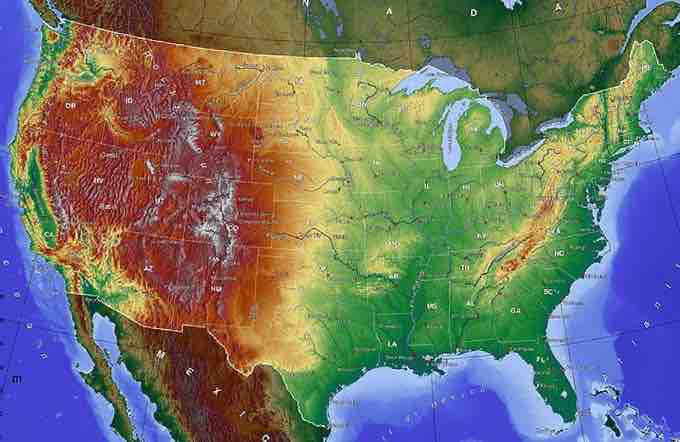The Powers of State Government
State governments in the United States are the republics formed by citizens in the jurisdiction as provided by the Constitution. State governments are structured in accordance with state law and they share the same structural model as the federal system; they also contain three branches of government: executive, legislative, and judicial. The Tenth Amendment states that all governmental powers not granted to the federal government by the Constitution are reserved for the states or the people.

Map of the United States
Map of the United States. Each of the state has its own government.
Legislative Branch
The legislative branch of the states consists of state legislatures. Every state except for Nebraska has a bicameral legislature, comprised of two chambers. In the majority of states, the state legislature is called the Legislature. The rest of the states call their legislature the General Assembly.
Executive Branch
An elected Governor heads the executive branch of every state. Most states have a plural executive, where several key members of the executive branch are directly elected by the people and serve alongside the Governor. These include the offices of Lieutenant Governor, Attorney General, Secretary of State, auditors, Treasurer, Commissioner of Agriculture, and Commissioner of Education. Each state government is free to organize its executive departments and agencies in any way it likes, resulting in substantial diversity among the states with regard to every aspect of how their governments are organized.
Judicial Branch
A supreme court that hears appeals from lower state courts heads the judicial branch in most states. Each state's court has the last word on issues of state law and can only be overruled by federal courts on issues of Constitutional law. The structure of courts and the methods of selecting judges are determined by each state's constitution or legislature. Most states have at least one trial-level court and an intermediate appeals court from which only some cases are appealed to the highest court.